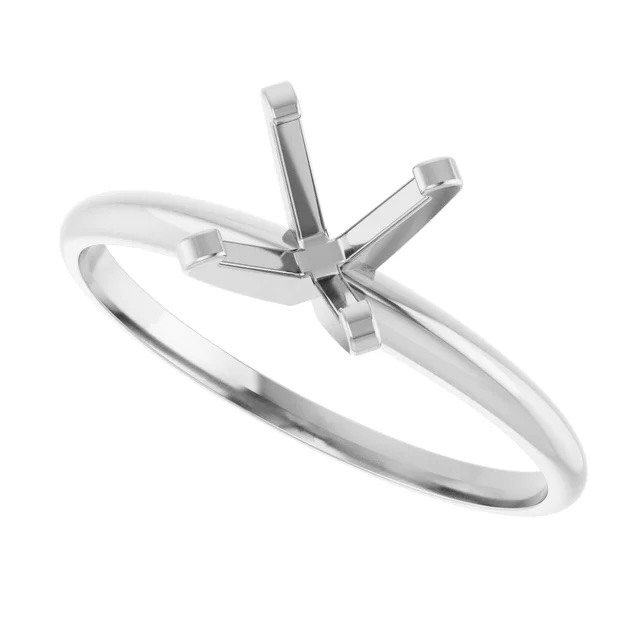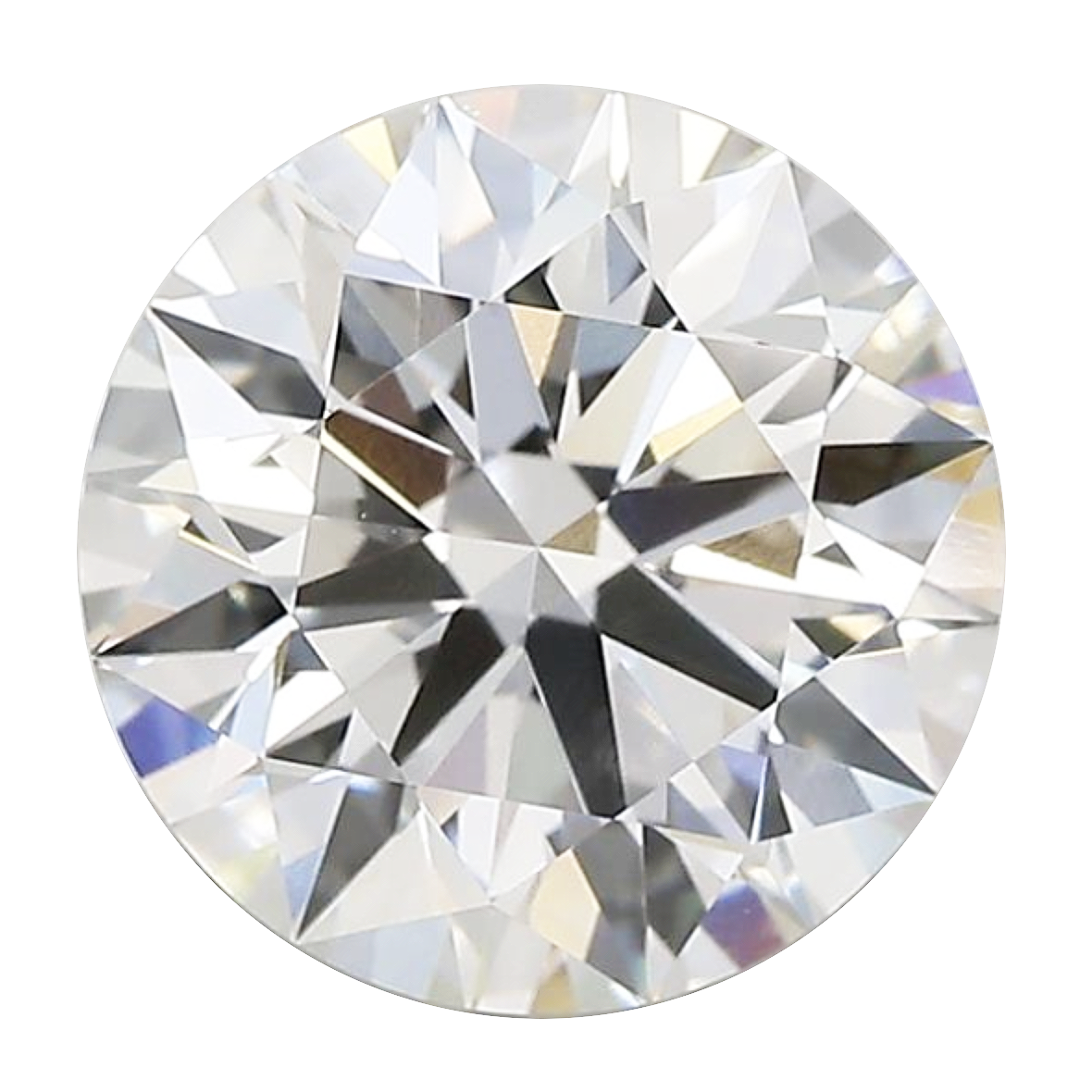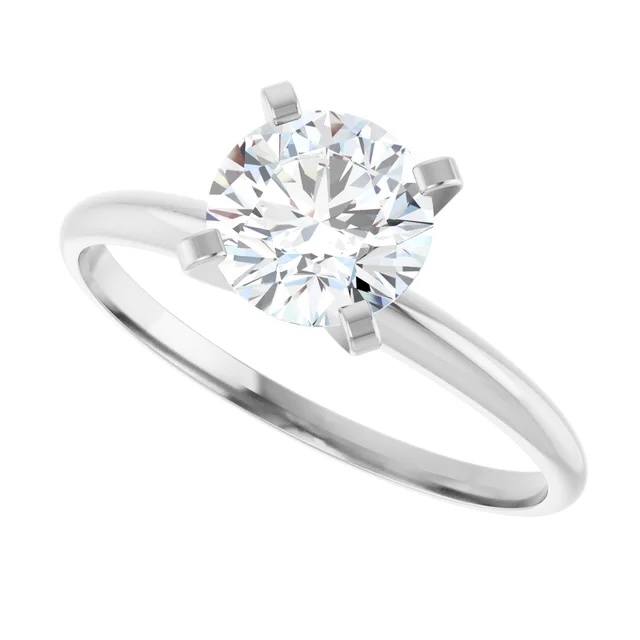Let’s start with the basics: a diamond’s clarity refers to the natural inclusions or imperfections inside the stone. These so-called "flaws" can be anything from tiny minerals to small cracks or blemishes. They’ve been there since the diamond was formed deep within the earth. The size and location of these inclusions determine the diamond’s clarity grade—and that grade can play a major role in the diamond’s value and price. Here's how the GIA clarity scale is structured:
I1
These diamonds have visible inclusions that can be seen with the naked eye.
SI2
These diamonds have small inclusions that may be visible to the naked eye or under slight magnification (3x).
SI1
These diamonds have small inclusions, usually invisible to the naked eye, but visible under 10x magnification.
VS2
These diamonds have very small inclusions that are eye-clean but detectable under 10x magnification.
VS1
These diamonds have very small inclusions, typically only visible to trained gemologists under 10x magnification.
VVS2
These diamonds have very, very small inclusions that are not visible to the naked eye and can only be found by a trained gemologist using 10x magnification.
VVS1
These diamonds have extremely tiny inclusions that are invisible to the naked eye and detectable only under 20x magnification by a trained gemologist.
IF
These diamonds are internally flawless, meaning no inclusions inside the diamond. Only minor surface blemishes may be visible under 30x magnification.
FL
These diamonds are completely flawless with no internal or external imperfections under any level of magnification.
VS1, VS2, and SI1 are the sweet spots
Now, let’s get practical. Just like with color, there’s a sweet spot on the clarity scale where diamonds look amazing—without blowing your budget. These clarity grades are VS1, VS2, and SI1. They offer great value and allow you to invest more in carat weight or color. But here’s the catch: not all diamonds within the same grade are equal. Some have inclusions in less noticeable areas, while others have inclusions that are darker, larger, or poorly placed. For example, an SI2 diamond with black crystals right in the center (the table) will appear more obvious to the eye and be less desirable than one with transparent inclusions tucked to the side. Take a look at the two diamond images below—both graded SI2 by GIA. The one on the left is cleaner and more desirable than the one on the right:As you move up the clarity scale, the difference between diamonds within the same grade becomes less obvious—but it’s still there and still affects pricing. Here are two SI1 diamonds graded by GIA. The one on the left has inclusions along the side; the one on the right features a small feather that’s harder to notice with the naked eye:
VS2 is the last grade where differences within the grade may noticeably impact the price. Below are two VS2 diamonds. The one on the left has tiny crystals that are eye-clean to most, though visible under 10x magnification. The one on the right also has tiny white inclusions, but they blend in so well that even under magnification, the diamond looks spotless to the untrained eye:

 Diamond Education
Diamond Education
 The Dream Experience
The Dream Experience
 Engagement Rings
Engagement Rings









